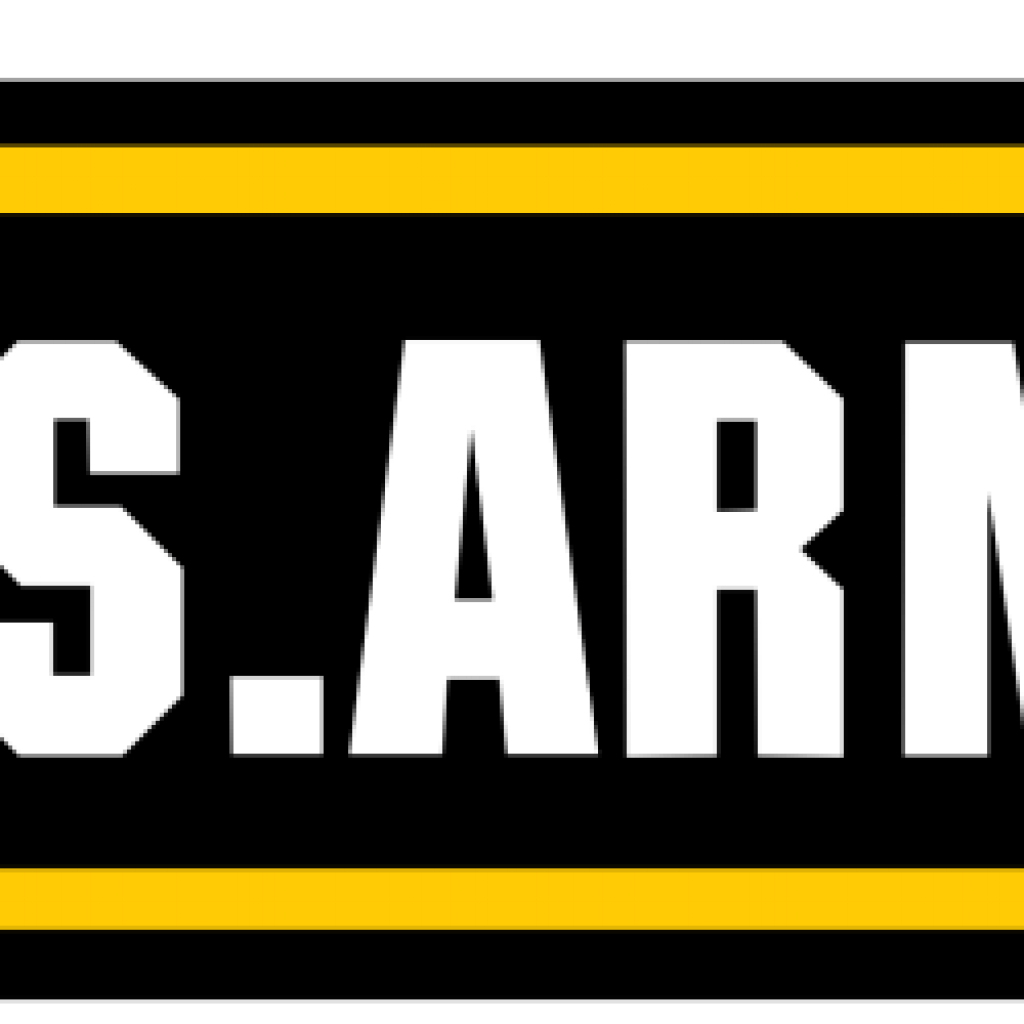(ArmyTimes) Three recent Army science-funded breakthroughs are solving decades-old problems that could put quantum supercomputers in the hands of Army decision makers.
In recent weeks, papers published through Army and Air Force-led efforts have found new ways to correct longstanding errors in quantum methods, using machine learning techniques to improve sensing and methods to build quantum communication networks.
Traditional computers are built using transistors that turn on or off a signal, signifying a 1 or a 0, which becomes the code that the computer reads to perform tasks.
Researchers at the University of Massachusetts Amherst, under funding from the Army Research Office and Air Force Office of Scientific Research, found ways in recent experiments to protect quantum information from errors caused in superconducting systems. These are the main platforms on which scientists anticipate building large-scale quantum computers.
“Efficiency is increasingly important as quantum computation systems grow in size to the scales we’ll need for Army relevant applications,” said Dr. Sara Gamble, ARO quantum information science program manager.
A separate team, at Louisiana State University, has found a way to use machine learning to correct information distortion in quantum systems that are made of photons. The paper showed “machine learning techniques using the self-learning and self-evolving features of artificial neural networks can help correct distorted information,” according to an Army statement.
Lastly, scientists at the Pritzker School of Molecular Engineering at the University of Chicago, through funding and management by the U.S. Army Combat Capability Development Command, were able to send entangled qubits through a communication cable, linking two network nodes.
Quantum Breakthroughs Help Army, Air Force Advance Supercomputing
